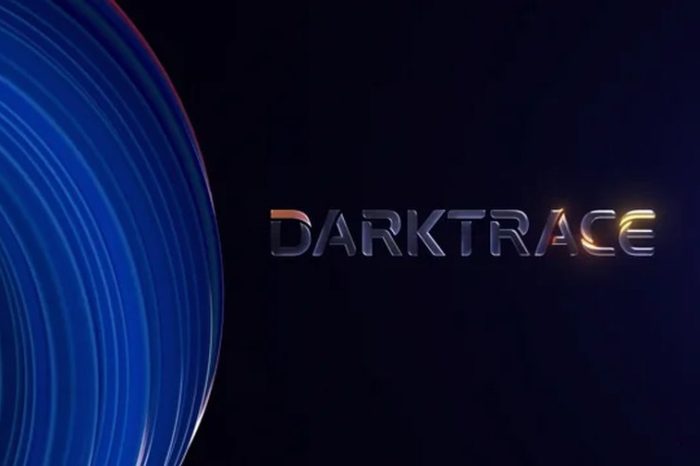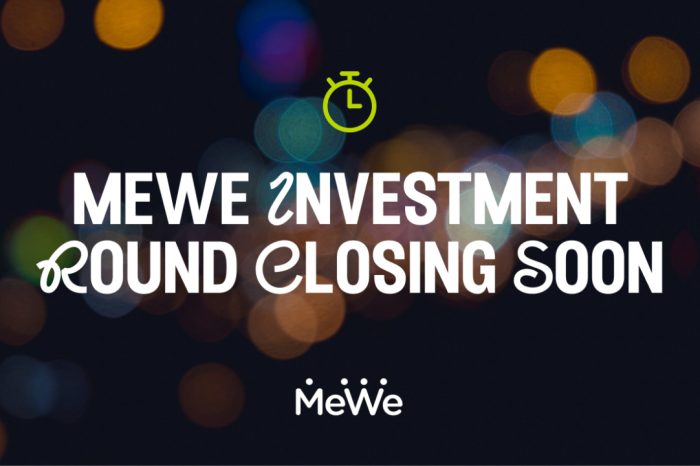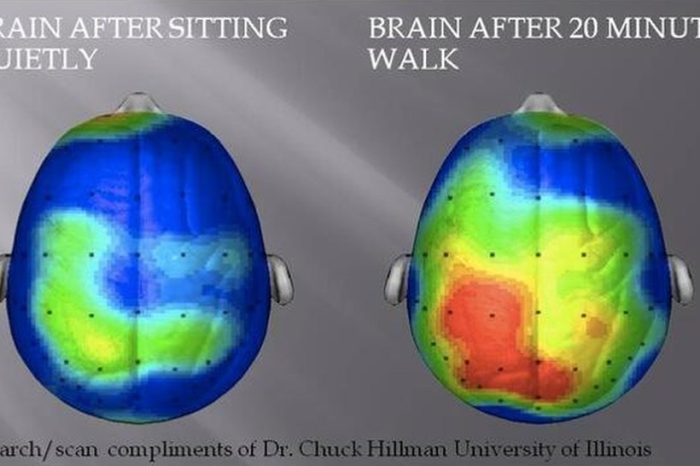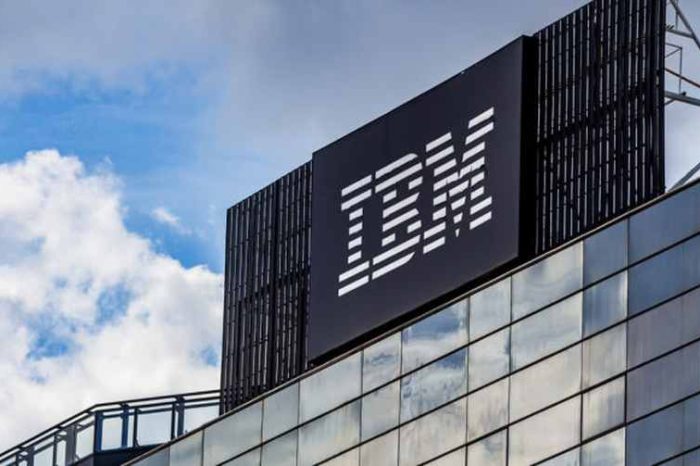As 2023 wraps up, most startup founders would probably agree—it’s been a tough year for raising funds. The tech world took a hit when Silicon Valley Bank collapsed in March, causing a ripple effect as VC firms became more cautious with their investments in tech startups.
Adding to the turbulence, well-known Boston-based OpenView shocked the VC world earlier this month after it abruptly ceased operations amid the mounting pressure on venture capital firms to yield returns on investors’ capital. The 17-year-old firm, having recently raised $570 million for its Fund VII to invest in high-growth software startups, laid off a substantial portion of its workforce and halted all new investments. Managing $2.4 billion, OpenView now stands at a crossroads, contemplating its next moves.
However, OpenView wasn’t the sole investor pulling back from startups this year. PitchBook’s fresh stats paint a grim picture for VC activity in 2023.
According to PitchBook’s latest report, there was a significant downturn in VC activity in 2023. The number of active investors in US VC, defined as those making two or more deals, plummeted by 38% in the first three quarters of 2023 compared to the same period last year. This translates to 2,725 fewer firms making deals.
This decline in active investors surpasses the 28% decrease in deal count during the same period, as highlighted by the Q3 2023 PitchBook-NVCA Venture Monitor.
The data suggests that it’s not just a matter of investors writing fewer checks. Some dealmakers might have exhausted their funds, possibly leading to the classification of some as “zombie funds.” Others, like crossover investors, may have halted their allocation to the VC asset class.
PitchBook lead analyst Kyle Stanford notes that the impact of the decline in active investors is particularly pronounced at later stages, where crossover capital is essential to closing substantial deals for growth. This pullback from major investors has resulted in a sharp increase in the ratio of capital demand to supply in 2023.
“The decline of active investors has been acutely felt at the later stages, where crossover capital is necessary to close the large check sizes needed for growth,” Stanford said.
Inactive investors are reportedly attempting to sell their VC assets on the secondary markets, according to participants in the secondary market. Alternatively, these firms could be biding their time, collecting management fees while waiting for startup valuations to rebound.
Limited partners and other investors have been anticipating a decrease in the number of VC funds. While official closings of firms are still relatively rare, the data indicates that the landscape has indeed become less crowded.









